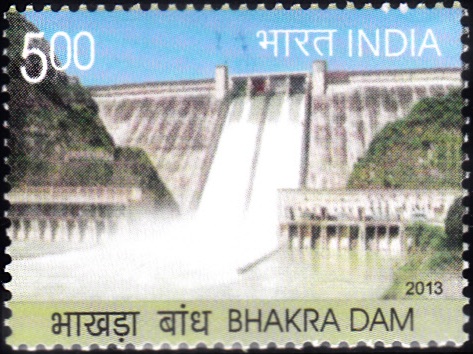
Bhakra Dam 2013
A commemorative postage stamp on the Golden Jubilee of the Bhakra Dam, a concrete gravity dam on Sutlej River in Bilaspur, Himachal Pradesh :
Issued on Oct 22, 2013
Issued for : Department of Posts had issued a Commemorative Postage Stamp on Silver Jubilee Celebrations of the dedication of Bhakra Dam in 1988. Since the dam has completed fifty glorious years in the service of the Nation, Department of Posts is acknowledging the noteworthy contribution of Bhakra Dam by releasing a Commemorative Postage Stamp on its golden jubilee celebrations.
Credits :
Stamp/FDC/Cancellation : Nenu Gupta
Type : Stamp, Mint Condition
Colour : Multi colour
Denomination : 500 Paise
Stamps Printed : 0.41 million (0.1 million for the proponent)
Printing Process : Wet Offset
Printer : India Security Press, Nashik
About :
- The construction of Bhakra Dam has been a landmark achievement of our country after independence. Pt. Jawaharlal Nehru, the first Prime Minister of India, described this dam as ‘New Temple of Resurgent India‘, his words truly illustrate the significance and magnitude of this project.
- Bhakra Dam is a concrete gravity dam across the river Sutlej located at a gorge near the, now submerged, upstream Bhakra village in Bilaspur district of Himachal Pradesh bordering Punjab. The Bhakra Nangal multipurpose dams were among the earliest river valley development schemes undertaken by India after independence. The idea to raise a dam on river Sutlej was first mooted in 1908. However, the preliminary work could only be started in 1946 and construction work in 1948. On 22nd October, 1963 the dam was dedicated to the nation by the then Prime Minister, Jawaharlal Nehru who showed a keen interest in the project.
- The Bhakra dam at a height of 225.55 m is Asia‘s second highest dam next only to Tehri dam, also in India. The dam is 518.25 m long and 9.1 m broad. The reservoir of the dam, known as Gobind Sagar, is 168.35 km2 in area and is the third largest reservoir in India. It stores upto 9.34 billion cubic meters of water enough to drain whole of Chandigarh, parts of Haryana, Punjab and Delhi.
- Part of the larger multipurpose Bhakra Nangal Project, the dam was constructed to prevent floods in Sutlej-Beas river valley, to provide irrigation to adjoining states and provide hydro electricity. The dam provides irrigation to 10 million acres of fields in Punjab, Himachal Pradesh, Haryana and Rajasthan. It has four flood gates to control floods. Bhakra dam alongwith Nangal dam houses hydroelectric power generators which are situated on both sides of the dams. Nangal hydel Channel and Anandpur Sahib Channel are used for power generation and irrigation purposes. Each power plant consists of five turbines. Two power houses with a total capacity of 1325 MW flank the dam on either side of the river. The left power house contains 5×108 MW Francis turbines while the right 5×157 MW. The power generated is distributed among states of Punjab, Haryana, Rajasthan, Gujarat and Himachal Pradesh and also supplied to common pool consumers like National Fertilizers Ltd. and Chandigarh. The dam has also become a major tourist attraction in recent times.
- Text : Based on the material furnished by the proponent.




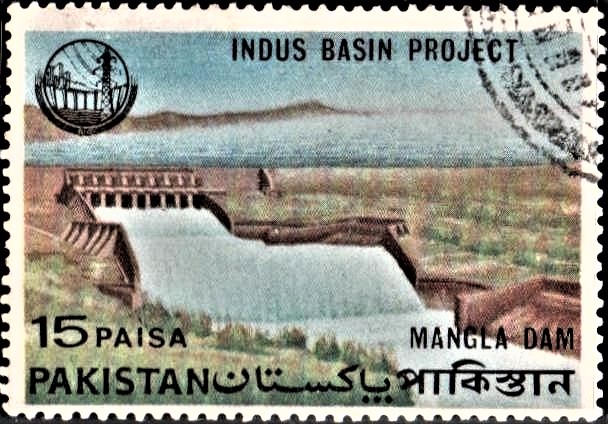

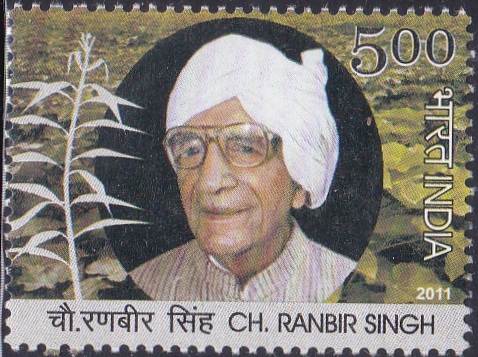
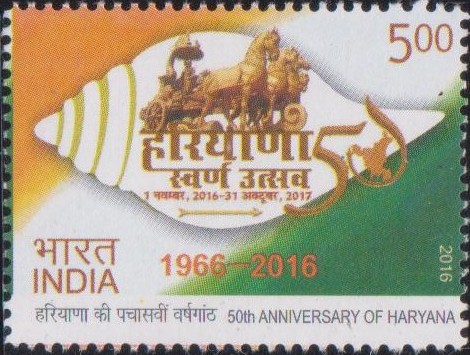
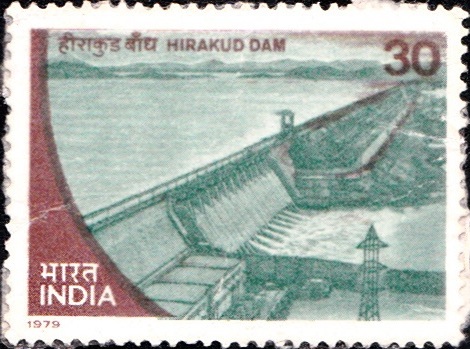
[…] in joint Punjab and in the development of irrigational infrastructures in the State. The great Bhakra Project was completed under his helmsmanship. Pong dam at Beas and the Beas-Satluj Link was also started […]
[…] and Power. During his tenure in the Central Cabinet, he initiated many development projects such as Bhakra, Hirakud and Koyna. He served the Governor of Punjab from 1958 to […]